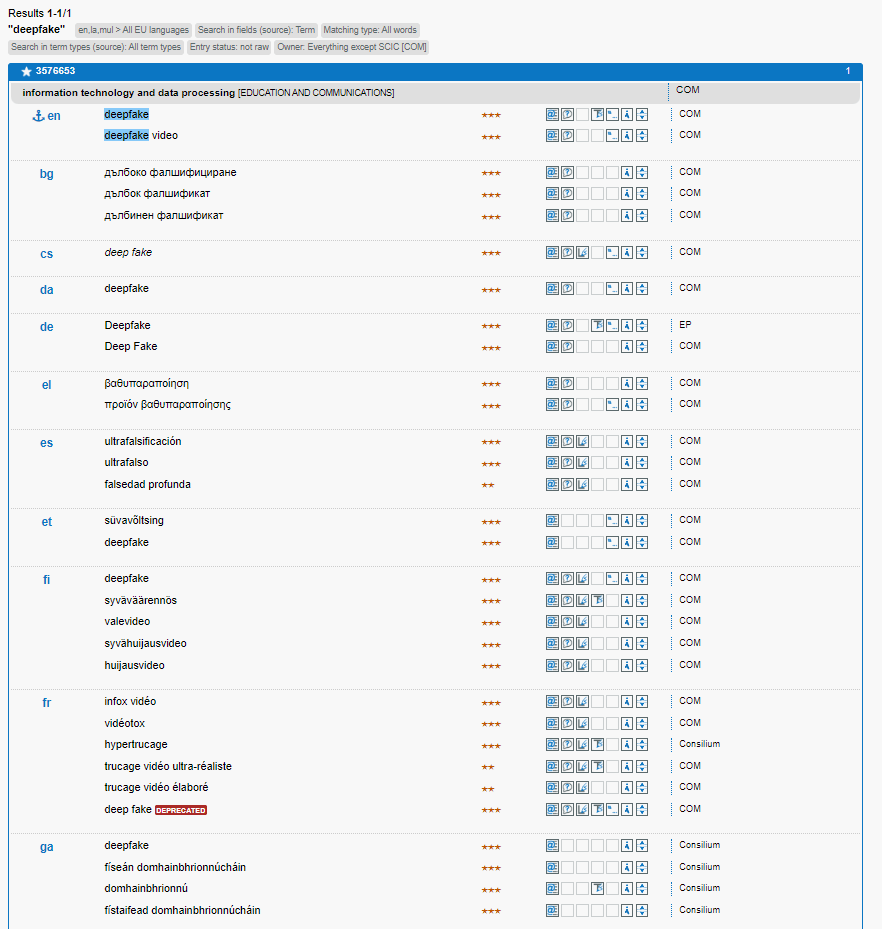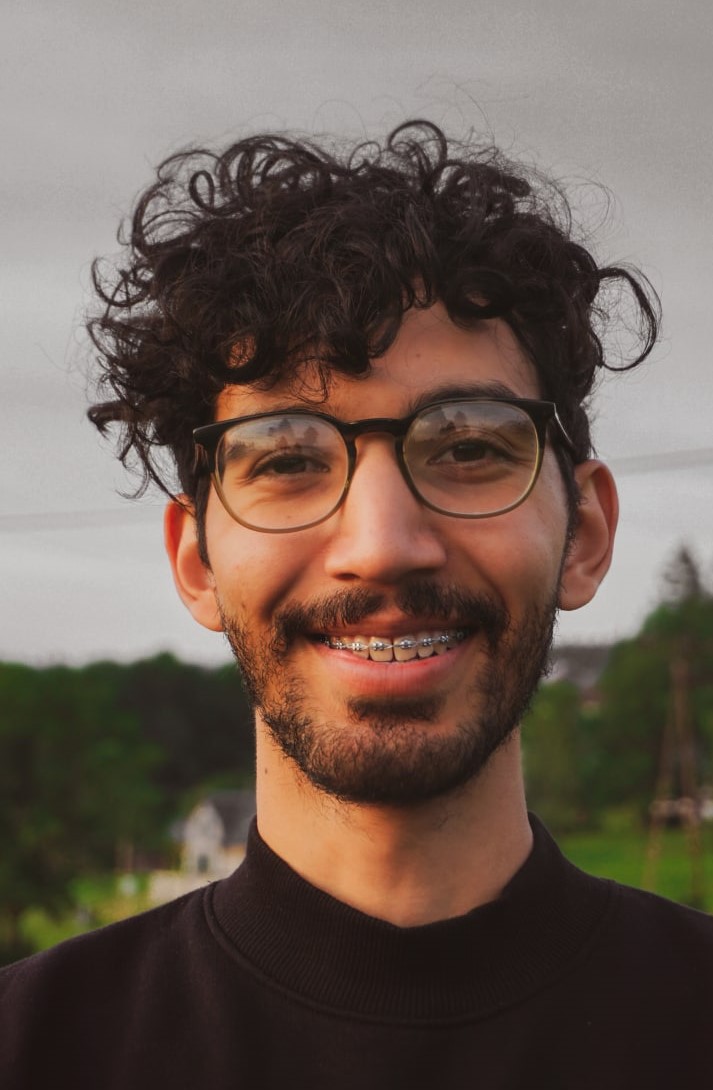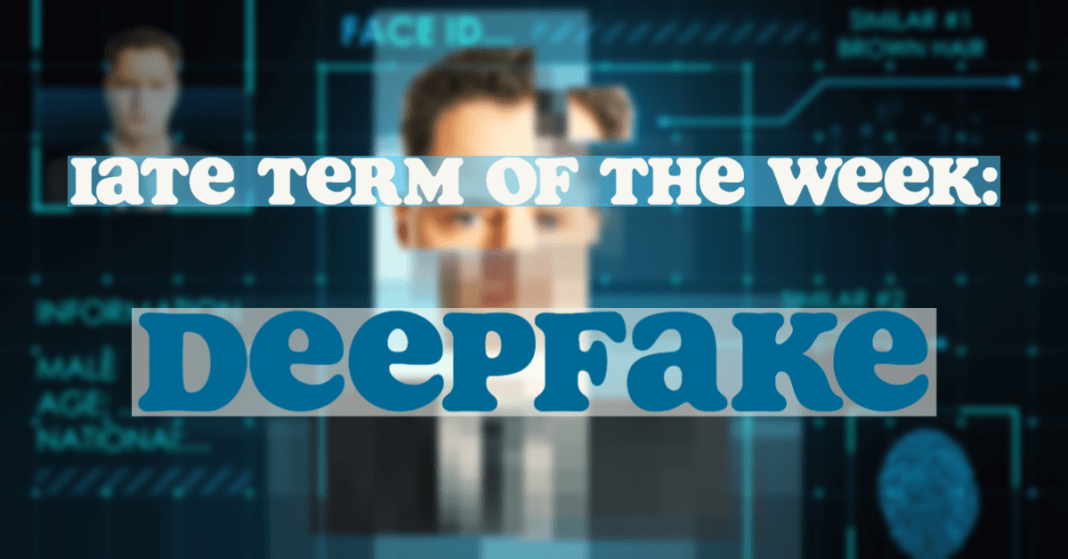The advancement of technology brings us new tools that allow anybody to create modified multimedia. It could be a picture of us appearing in a location without us having ever been there, or a video of us doing things we never did, or a recording of our own voice saying things we never said. This is what is called “deepfake”.
The definition of “deepfake” in IATE is “artificial intelligence-based human image synthesis technique used to combine and superimpose existing images and videos onto source images or videos”.

The technique that modifies the reality is heavily misused and the manipulated media is spreading rapidly, thus changing the media world. An assessment of the risks associated with deep fake shows that they can be of psychological, financial and societal nature, and their impacts can be felt on both the individual and societal level. In some cases, false statements are made in order to influence politics, in others video clips are manipulated to serve as false evidence without the consent of the person.
Deep fake production is based on a machine learning technique called Generative Adversarial Network (GAN). There are two types of agents involved in deep fakes: producers and detectors. As producers create better results, detectors get better, too.
What will happen if the manipulated content grows? Will it make us mistrust any information? The willingness of the EU is to limit the production and circulation of malicious deep fakes. The “EU Horizon 2020” program supports the innovation of new technologies in order to respond to the challenges of deepfakes. “WeVerify” is an EU-funded project that addresses the complex content verification challenges and helps journalists to verify, track and debunk content.
References:
https://www.europarl.europa.eu/thinktank/en/document/EPRS_STU(2021)690039
https://www.europarl.europa.eu/RegData/etudes/STUD/2021/690039/EPRS_STU(2021)690039_EN.pdf
https://cordis.europa.eu/project/id/825297
Written by David Sánchez Wanthawong

Born in Madrid, Spain, David holds a Bachelor’s degree in Telematics Engineering from the University Carlos III of Madrid. He is also half Thai and has participated in some Erasmus+ YE that made him want to know more about cultures. After working in software quality assurance in the private sector, he is now a Schuman Trainee at the Applications & IT Systems Development Unit in the EP’s DG for Translation.

